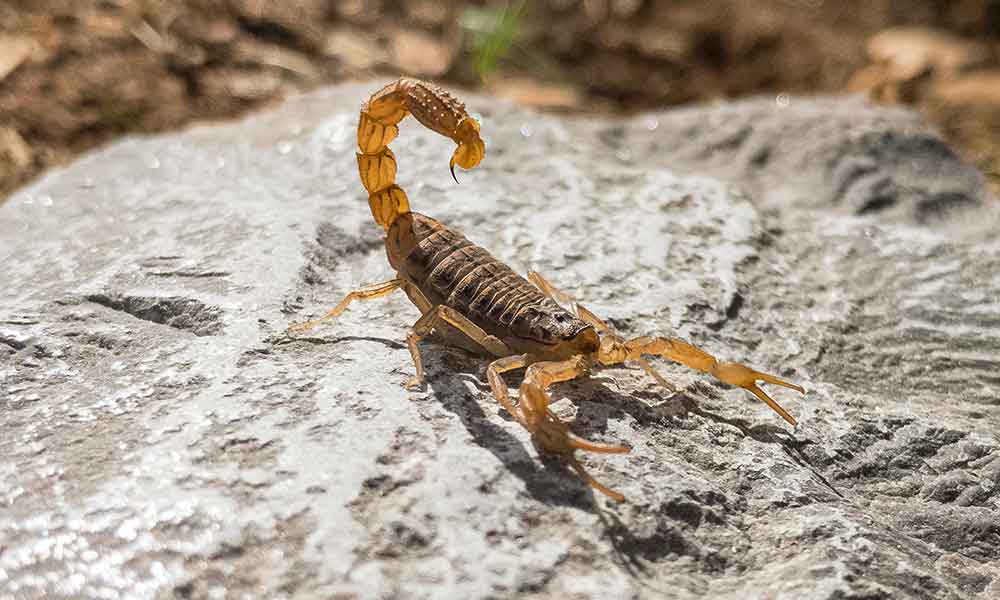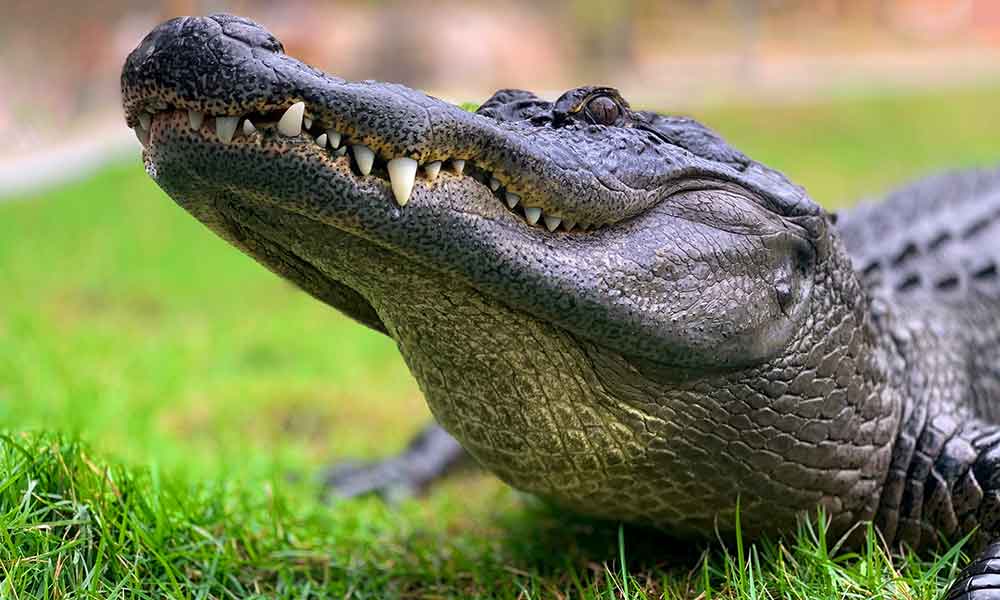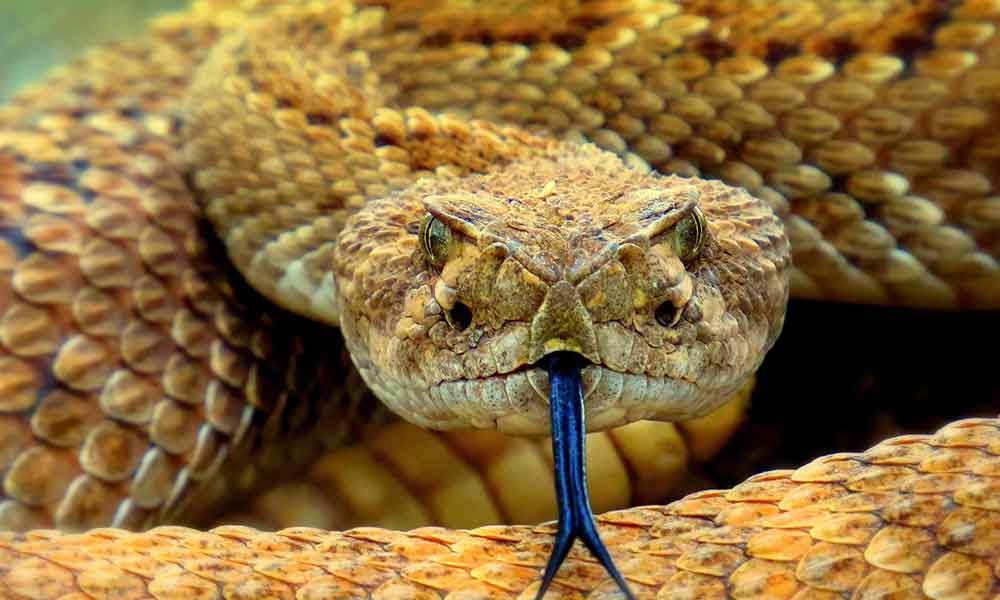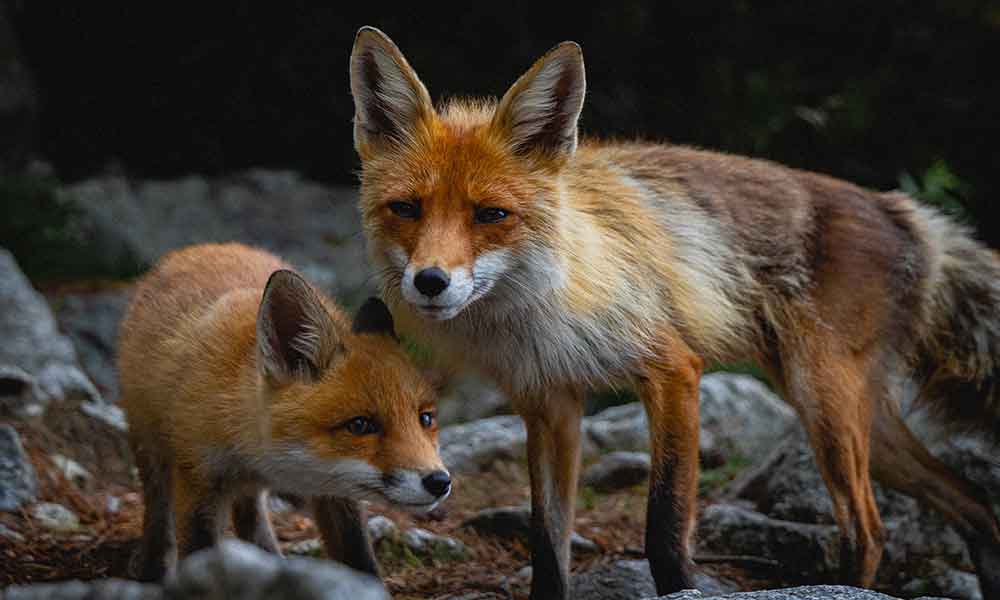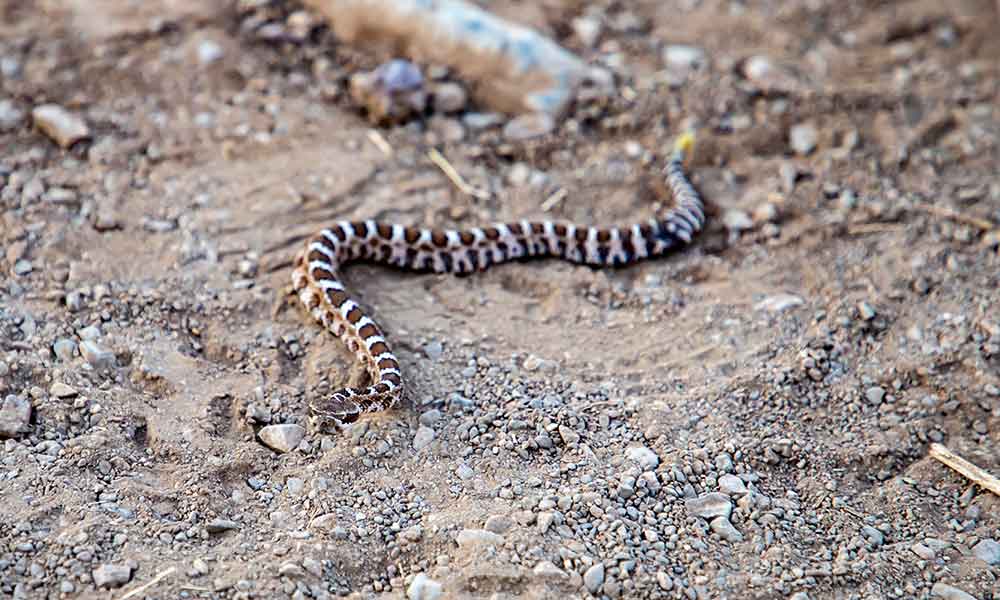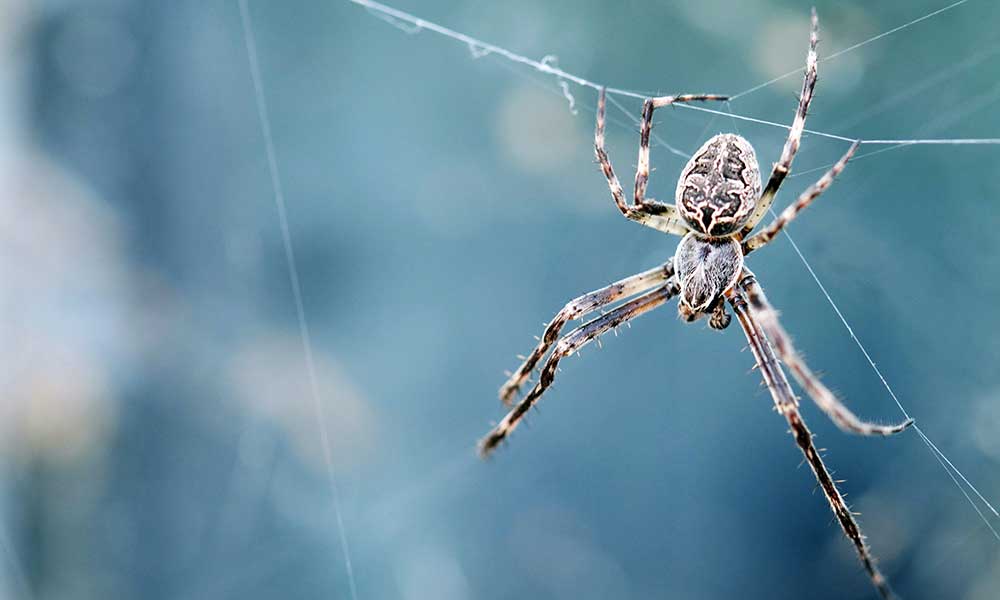From Dall’s porpoises to the harbor porpoise and more, there are 8 different porpoise species and they exist all over the world. These beautiful and fascinating creatures are the subject of the following guide as we take a closer look at these amazing marine mammals.
What is a Porpoise?
Porpoises are marine mammals in the Phocoenidae class. They are the smallest species of toothed whales and range in size from around 4.5 feet to just under 8 feet.
Porpoises are thought to be descendants of the ungulate class, a land-living mammal class that includes everything from horses and giraffes to deer and pigs. Incidentally, the name “porpoise” comes from the Latin “porcus”, meaning pig, and “piscis” meaning “fish”.
Porpoises feed primarily on small fish but they are also known to eat crustaceans, krill, and even algae. They live for up to 20 years on average and usually mature at around 8 to 10 years old, although the exact age of maturity depends on the species.
Types of Porpoises
There are 8 porpoise species. The size, habits, habitats, and conservation status of these animals differs greatly, as noted below.
Harbor porpoise (Phocoena phocoena)
- Average Length: 4 to 6 feet
- Average Weight: 110 to 130 lbs.
- Conservation Status: Least Concern
The harbor porpoise is one of the smallest species of cetacean, which includes dolphins and whales. They can be as little as 4 feet long and thrive in cool coastal waters.
Harbor porpoises can be found throughout the North Atlantic and there are thought to be over 700,000 of them worldwide, a very stable population.
As the name suggests, harbor porpoises can be found in harbors, but they also inhabit fjords and estuaries. They subsist on a diet of small fish, including herring, and they are also known to feed on crustaceans and small cephalopods.
Dall’s porpoise (Phocoenoides dalli)
- Average Length: Up To 6.5 feet
- Average Weight: Up to 490 lbs.
- Conservation Status: Least Concern
Dall’s porpoises are the largest species of porpoise. They live in the North Pacific and can be found from California to Japan. There are thought to be over 1 million Dall’s porpoises in the world, and while they are not considered threatened, they are still being hunted in certain parts of the world and they are also being threatened by increasing levels of ocean pollution.
Burmeister’s porpoise (Phocoena spinipinnis)
- Average Length: 6 to 7 feet
- Average Weight: 180 to 190 lbs.
- Conservation Status: Near Threatened
Burmeister’s porpoises were named for Hermann Burmeister, a German-Argentine zoologist who discovered the species in Brazil. It is a threatened species that’s often accidentally caught in fishing nets, with over 2000 of them dying in this manner every year in Peru.
Vaquita (Phocoena sinus)
- Average Length: 5 to 6 feet
- Average Weight: 65 to 120 lbs.
- Conservation Status: Critically Endangered
The Vaquita porpoise is endemic to the Gulf of California. It is often said to be the smallest cetacean, even smaller than the harbor porpoise, as the average height is around 4.5 feet.
Vaquita is Spanish for “little cow”. It has a very small body and a surprisingly long tail. It is classed as “critically endangered” by the International Union for Conservation of Nature (IUCN), with major threats including the commercial fishing industry, pollution, and habitat changes.
East Asian Finless Porpoise (Neophocaena sunameri)
- Average Length: Up To 7.5 feet
- Average Weight: Up To 160 lbs.
- Conservation Status: Endangered
The East Asian Finless Porpoise was previously considered to be a subspecies of the narrow-ridged finless porpoise (a species that includes the Yangtze finless porpoise) but it is now thought to be a distinct species.
These creatures live off the coast of China and are commonly found in groups of up to half a dozen.
Yangtze Finless Porpoise (Neophocaena asiaeorientalis)
- Average Length: Up To 7.5 feet
- Average Weight: Up To 160 lbs.
- Conservation Status: Endangered
The Yangtze Finless Porpoise is so named because it lives in the Yangtze River in China. It is the only freshwater cetacean now that the baiji is thought to be extinct, although the Yangtze finless porpoise is also on the brink of extinction.
There are estimated to be just 1,000 of these finless porpoises in the world and they are facing many of the same threats that eradicated the baiji.
Spectacled Porpoise (Phocoena dioptrica)
- Average Length: 6 feet
- Average Weight: 250 lbs.
- Conservation Status: Least Concern
The spectacled porpoise lives in the Southern Ocean and is one of the least understood of all cetaceans, mainly due to its remote location.
Indo-Pacific Finless Porpoise (Neophocaena phocaenoides)
- Average Length: 6.5 feet
- Average Weight: 220 lbs.
- Conservation Status: Vulnerable
Indo-Pacific finless porpoises can be found throughout the Indian Ocean, as well as parts of the Pacific Ocean. The average length of this porpoise species is around 6.5 feet, but they can grow up to 7 feet.
Porpoise vs Dolphin
Porpoises are often confused with dolphins. They certainly look alike and it’s easy to confuse the two, but they are different species and porpoises are more closely related to beluga whales and even narwhal whales than they are dolphins.
If you know where to look, the differences between porpoises and dolphins becomes pretty clear.
What Are The Differences Between Dolphins and Porpoises?
Struggling to tell these two species apart? Just pay attention to the face.
Dolphins have elongated beaks and conical teeth while porpoises have much smaller mouths, no beaks, and flattened teeth.
Dolphins also tend to be leaner and they have a curved dorsal fin, as opposed to the triangle porpoise fin.
Both animals are very intelligent and both are incredibly majestic creatures. They have large brains, live in groups, and are communicative, although dolphins are thought to communicate more than porpoises.
Can Dolphins And Porpoises Mate?
It’s rare for dolphins and porpoises to interbreed, but it does occur. Interbreeding is known to occur in areas that have large populations of both porpoises and dolphins, and they have been known to produce offspring that are fertile and can have offspring of their own.
Why Do Dolphins Kill Porpoises?
There are several reasons why a dolphin might kill a porpoise, including territorial disputes, pod defense, and competition for food.
FAQs About Porpoises
Are There 7 Or 8 Porpoise Species?
You may have seen lists stating that there are both 7 and 8 porpoise species. It’s all a little confusing, so what’s the truth, how many are there?
Well, the simple explanation is that there used to be 7 until a subspecies became a species, and now there are 8!
Are Manatees Porpoises?
No, manatees are in a completely different family. They also have very different habits, with manatees being entirely herbivorous and feeding on over 60 different plants while porpoises eat fish.
Are Porpoises Friendly?
Porpoises are generally very shy animals. They tend not to approach boats like dolphins do and aren’t interested in interacting with humans.

